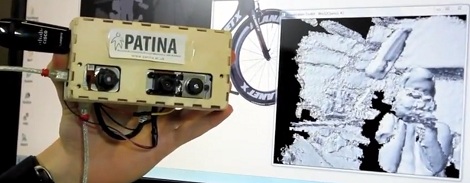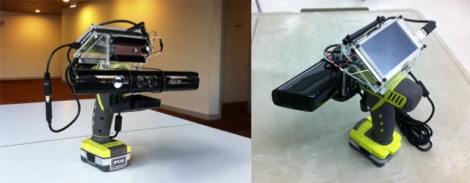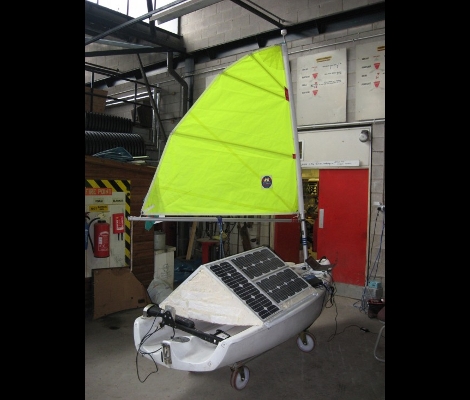
Imagine a machine that [Anderson Silva] could throw a punch at, that would locate his fist in real time and move a punching pad to meet his moving fist. How would you do it? Kinect? Super huge sensor array? Sticking charm? What if we told you it could be done with two electret microphones, an Arduino, and a Gumstix? Yeah, that’s right. You might want to turn your phone off and sit down for this one.
[Benjamin] and his fellow students developed this brilliant proof of concept design that blocks incoming punches for their final project. We’ve seen boxing robots here before, but this one takes the cake. The details are sparse, but we’ve dug into what was made available to us and have a relatively good idea on how they pulled off this awesome piece of electrical engineering.
Continue reading “Boxing + Arduino + Geometry = Awesomeness”
















